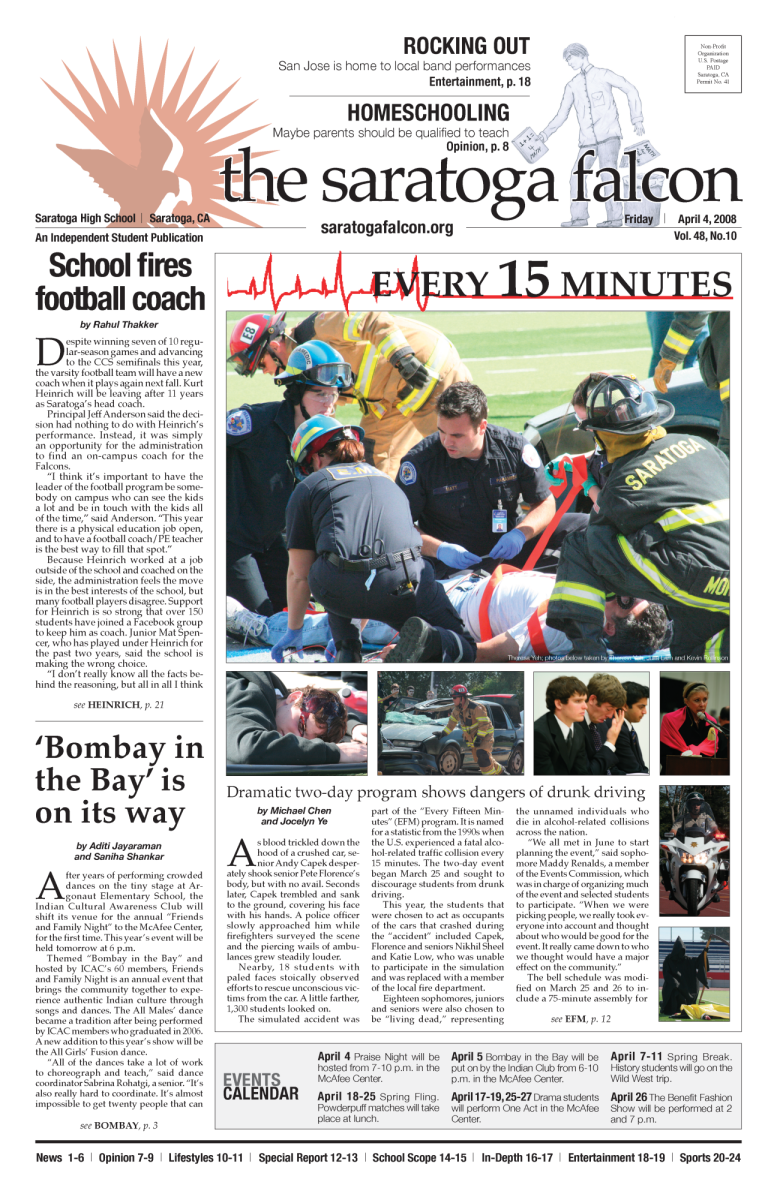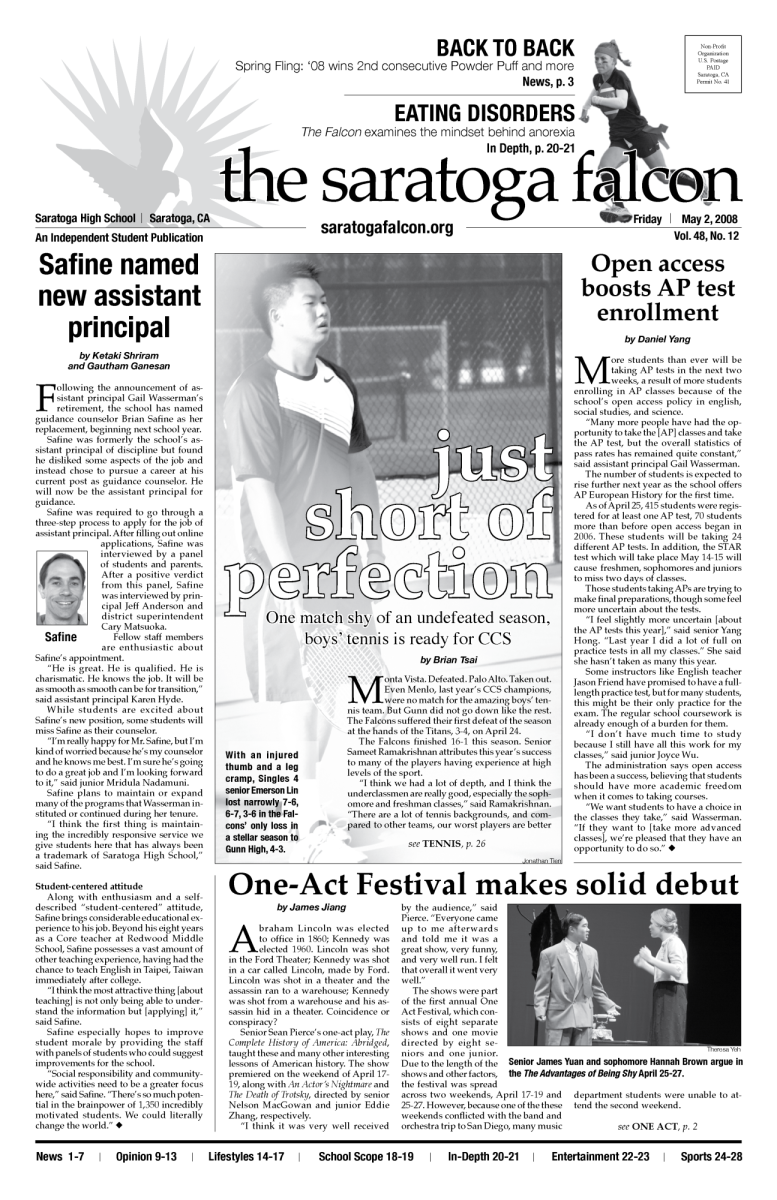“The Daily Show” host Jon Stewart considered the public option component of President Obama’s health care package so appealing that he believed Republicans disliked it only because of the way the Democrats described it. Surveys conducted by pollster Frank Luntz showed that the public disliked the plan when it was called the government option, but supported it when it was called the public option.
“The Republicans would probably have less of a reason to oppose the plan if it was called AIDS—American Insurance Department Solutions,” he quipped.
But it seems as if Mr. Stewart’s sentiments were not echoed by enough of the nation’s policymakers, as the public option was defeated earlier this month. Liberal pundits are fretting over this unexpected development, but they shouldn’t: Obama’s health care plan can still be effective in its current incarnation, even without the public option.
The primary purpose of the public option was to increase competition in the industry, ensuring that insurance companies that charged too much be forced to either meet equilibrium prices or die. It would have established an entirely government-run health care plan that would have been a direct competitor to existing health care plans. This has more to do with keeping costs down than extending health care to all—which should be the ultimate goal of any plan.
Without the public option, the bill would still guarantee health care for everyone. The Baucus plan, proposed by Sen. Max Baucus of Montana, has omitted the public option from the start. Instead, it proposes the establishment of a “Healthcare Exchange” that would have citizens without coverage shopping for health care policies in a transparent marketplace.
The Baucus plan is only one of many proposed health care plans waiting to be presented on the House floor. In fact, most of them exclude the public option—some because they hope to snare moderate Republicans and others because they believe that the success of such an ambitious proposal will not be feasible. Regardless, the overarching aim of these plans is not particularly affected by the absence of the public option.
This lack of the public option is actually quite intuitive. The only real effect the public option would have, if executed perfectly, would be to keep the prices of private insurance lower and quality higher. But this can be achieved through more stringent regulation, evidently something far easier to pass than the public option.
Moreover, the public option would be difficult to implement and even harder to maintain. The allowed margin of error is low, as taxpayers are already disgruntled with the dissemination of federal funds, and the risks are high, since the public option means a complete overhaul of our existing medical infrastructure. As appealing as these ideas look on paper and sound to television show hosts, making them a reality is a completely different story.
For a nation that counts itself among the most powerful in the world, America’s health care system is in shambles. Medical care and drugs are too expensive, the quality and integrity of care is shoddy, and as if this were not bad enough, more than 15 percent of the American population is uninsured. Perhaps Sen. John Ensign (R-Nev), who staunchly opposes universal health care, inadvertently said it best, “Are you aware that if you take out gun accidents and auto accidents, that the United States actually is better than other countries?” With or without the public option, American health care needs to be reformed…and quickly.




























